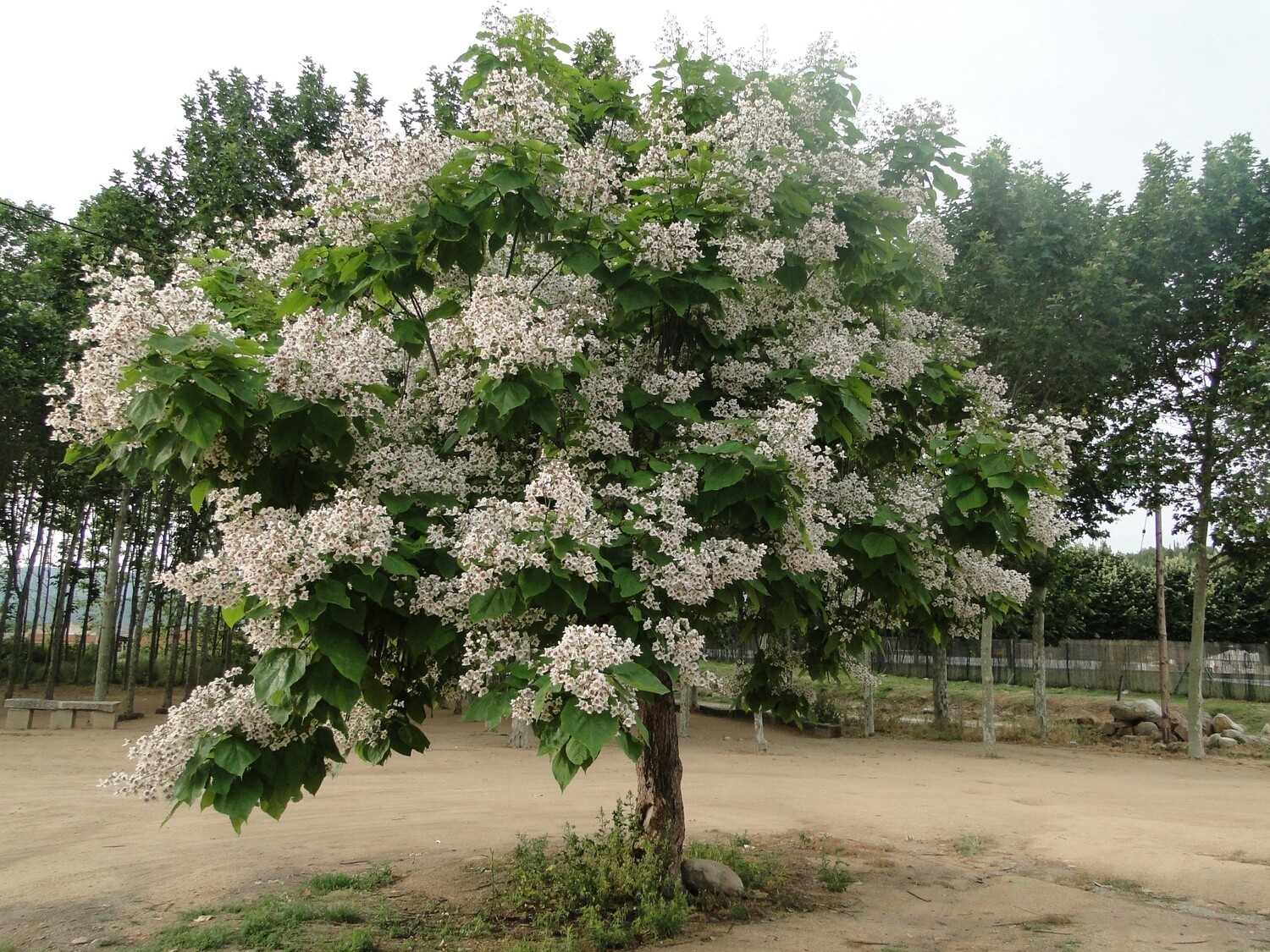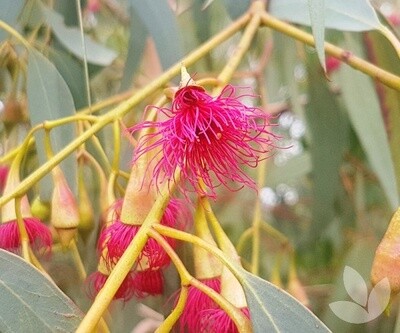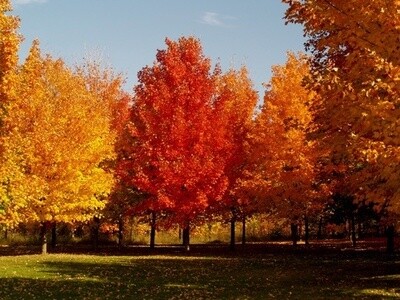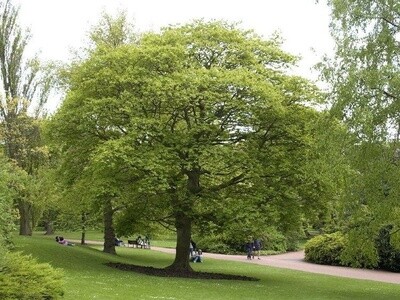Shop
Welcome to Trees for Bees Nursery online shop!
Orders can be picked up or sent nationwide in New Zealand. Orders can be paid for by credit card for pick up, or for orders being shipped, you can complete the order and the invoice for payment will be sent after the freight cost has been calculated. After receiving the invoice with the freight cost, you can decide if you wish to go ahead with the order, or cancel it. Once payment has been received, we will send your order. We send plant orders Monday and Tuesday nationwide, and on Wednesday to urban North Island addresses. Non-perishable items are sent Monday to Friday.
The easiest way to obtain a quote is to place an order through the online shopping cart - this does not require payment. To find out more about getting a quote, vIew our FAQs .
Indian Bean Tree
Catalpa bignonioides
The Indian Bean Tree does not come from India and does not grow beans! It originates from the Eastern United States. It has large heart shaped velvety leaves, very large when the tree is young. The leaves are late to emerge not appearing until late June and will be killed off by the first frost without changing colour.
The tree comes into flower in early summer with white flowers that have yellow and purple flecks. The flowers are produced in large clusters and can be so numerous as to obscure the leaves of the tree altogether, thus ensuring its status as one of the most appealing summer trees.
The beans are the tree's bean-like pods, which are very slim and almost perfectly cylindrical and can grow up to 16 inches in length. These pods contain winged seeds and remain on the tree throughout the winter before splitting and releasing the seeds.
It will grow to 15m in good conditions with a wide spreading much branched head and is a popular parkland tree. It is not particularly long lived though there are examples that are 150 years old.
To grow well it needs full sun and a fertile well drained soil, it will do better with a little bit of shelter from winds which can damage the large leaves. As it never forms a terminal bud the last bit of late summer stem growth is almost always damaged by winter frosts, which leads to its multi-branched habit.
The Indian in the name refers to the local native American (Red Indian) tribe near to where the tree was first recorded by a European botanist. His transcription of their name, Catawba, was incorrectly recorded as Catalpa and the tree is now also known as the Southern Catalpa.










